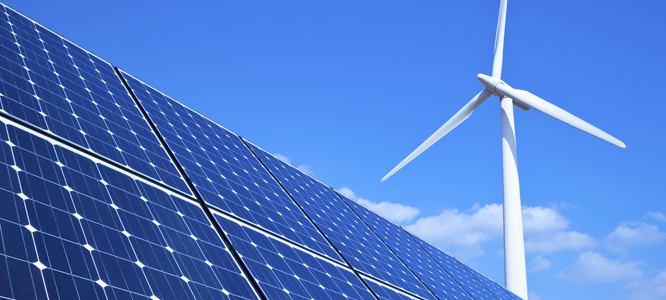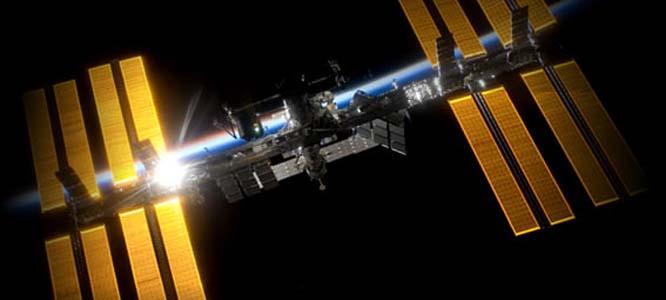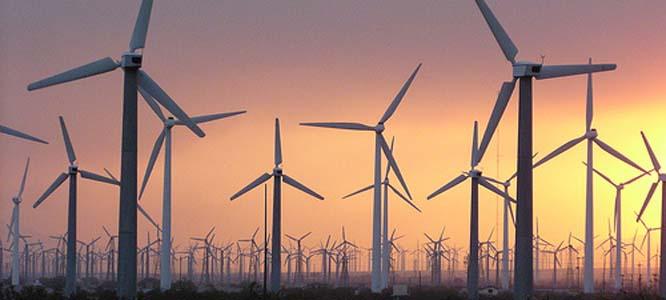Solar cells, wind turbines, and hydroelectric power plants (like the Hoover dam) are all examples of alternative energy sources. Although lots of folks still argue about what's considered 'alternative' or not, the general idea is that the sources produce the same energy at less cost, both money-wise and environmentally. In this unit, we’re going to explore ways to get power from the sun, wind, magnetism, and molecules by studying solar batteries, wind turbines, crystal radios, fuel cells, and more.
This Unit is a bit different from the rest. The projects in this unit are longer, more intensive and expensive – so you’ll want to pick which ones you want to do before buying the materials. While we usually try to keep the materials simple for you, some of these materials you'll need (like solar cells and copper flashing) are not your everyday items.
We're going to build on the ideas from previous units, so make sure you complete Unit 8 (Chemistry), Unit 9 (Light), Unit 10 (Electricity), and Unit 11 (Magnetism) before starting here. We'll also be using materials from those units as well (noted in shopping list).
One of the best things you can do with this unit is to take notes in a journal as you go. Snap photos of yourself doing the actual experiment and paste them in alongside your drawing of your experimental setup. This is the same way scientists document their own findings, and it's a lot of fun to look back at the splattered pages later on and see how far you've come. I always jot down my questions that didn't get answered with the experiment across the top of the page so I can research it more later. Are you ready to get started?



